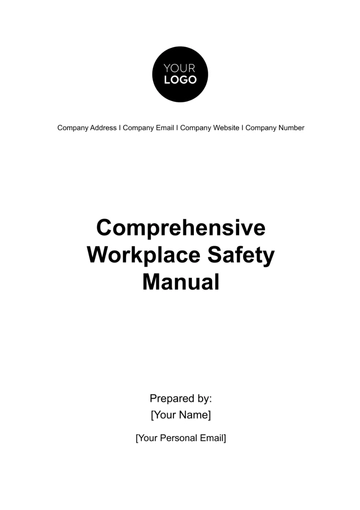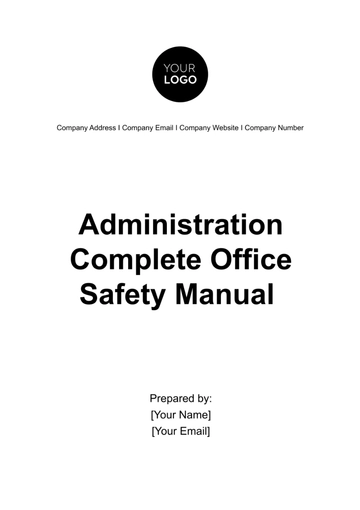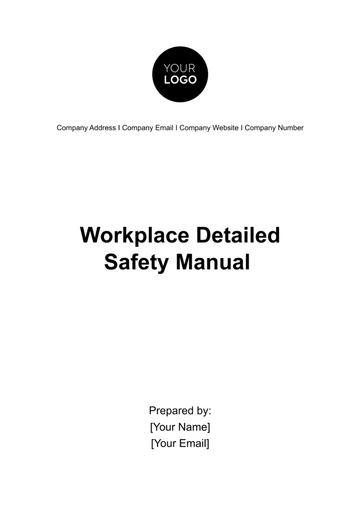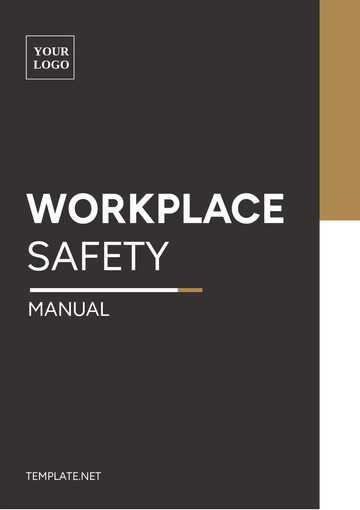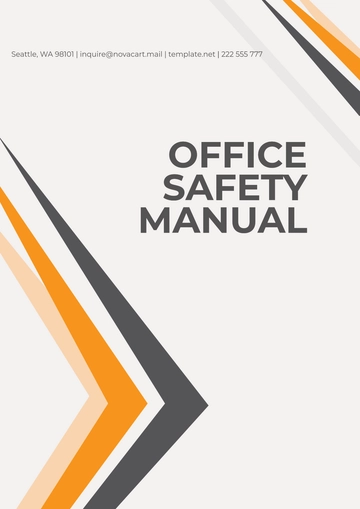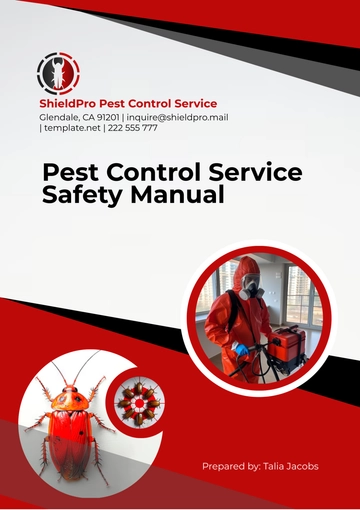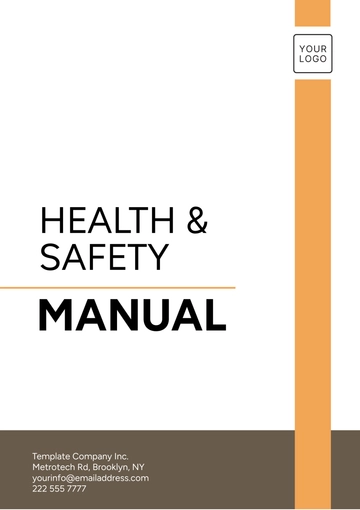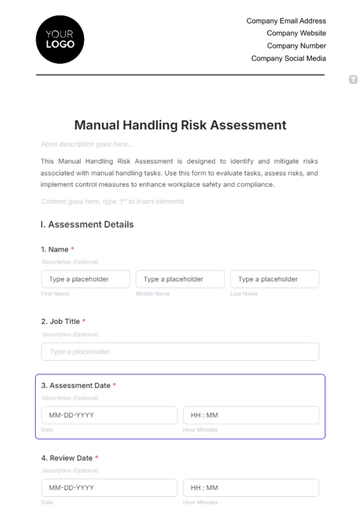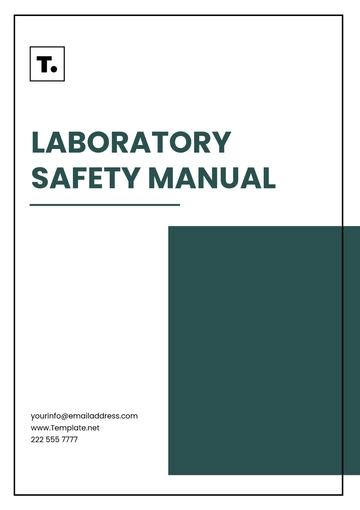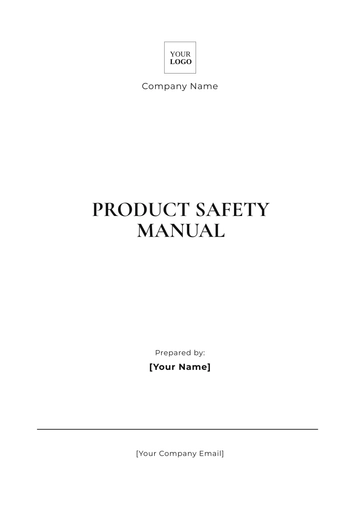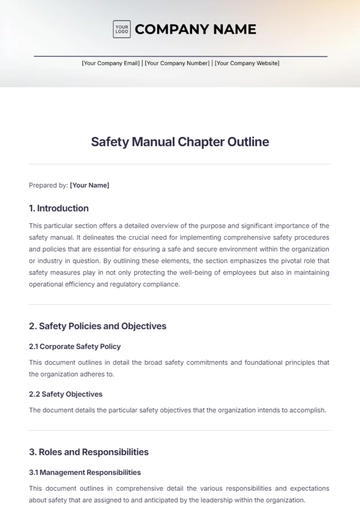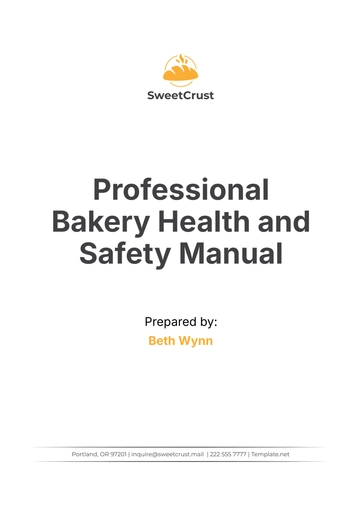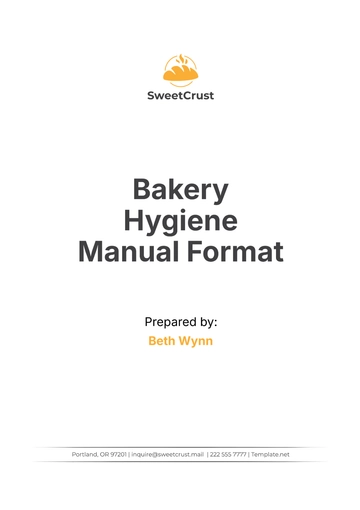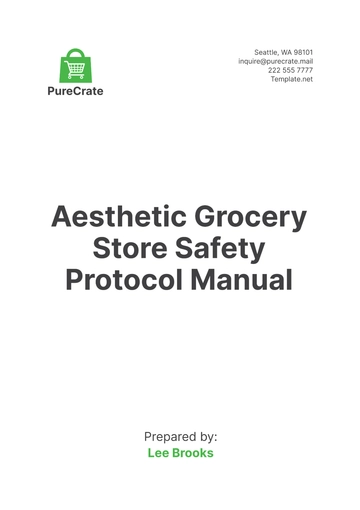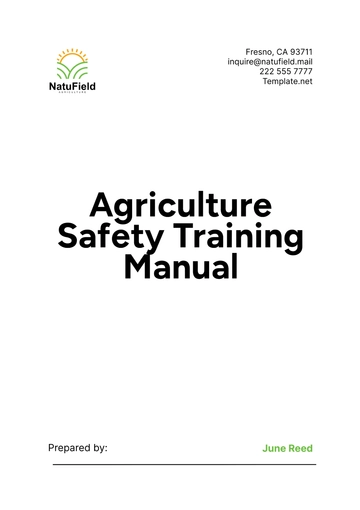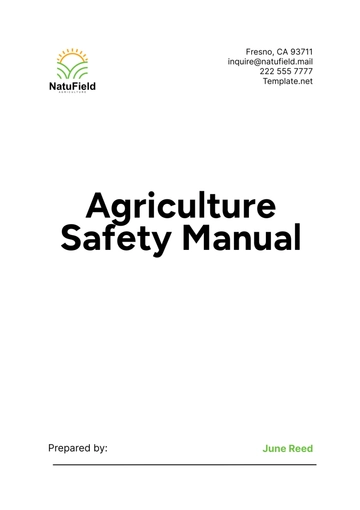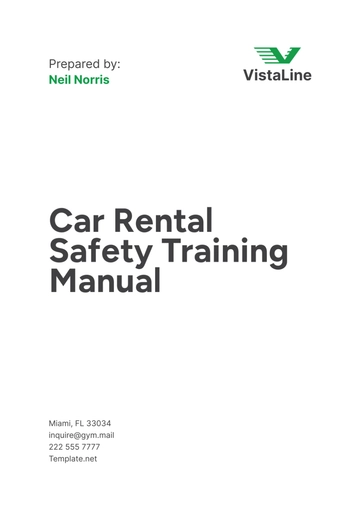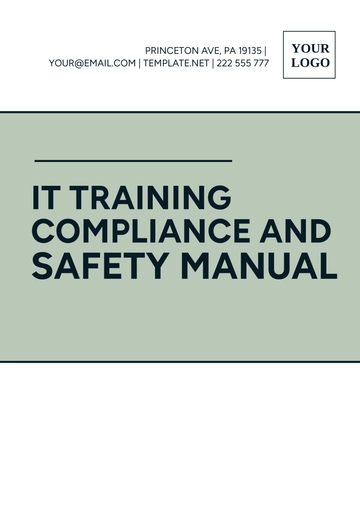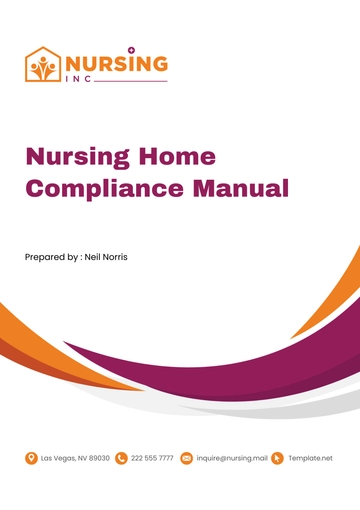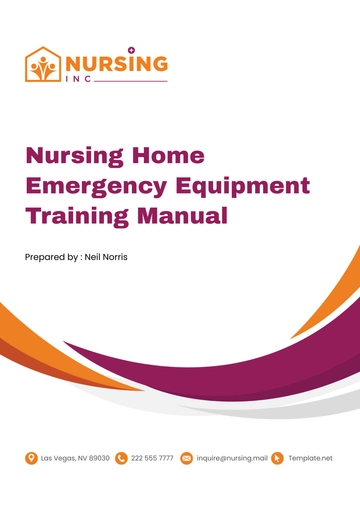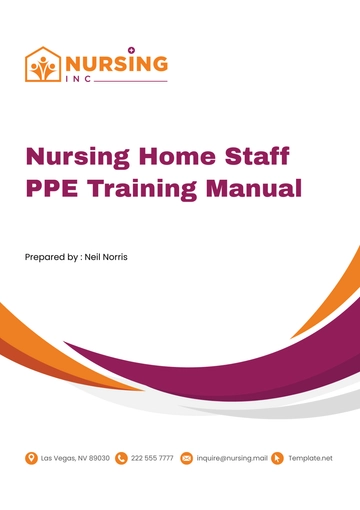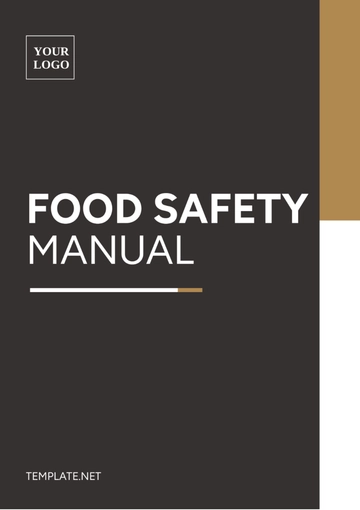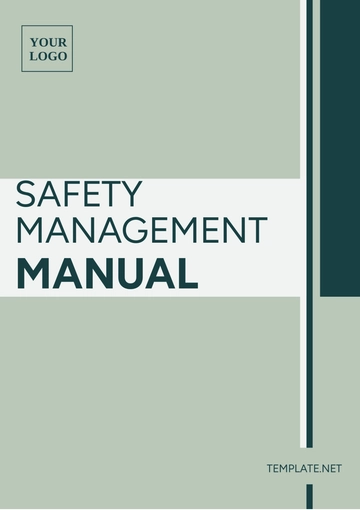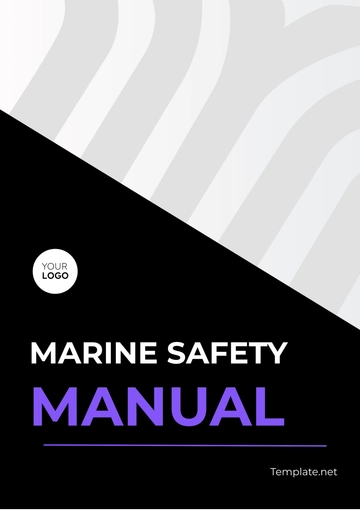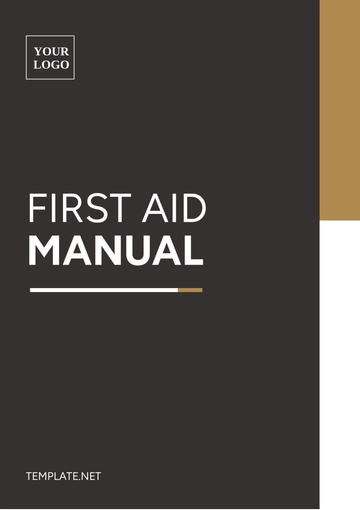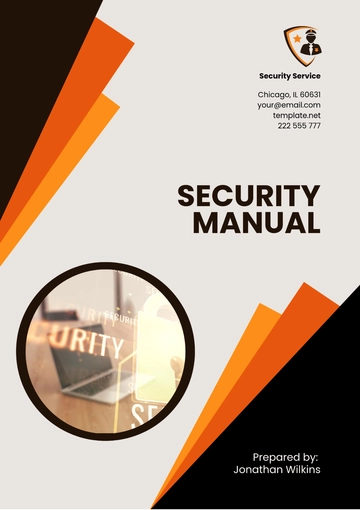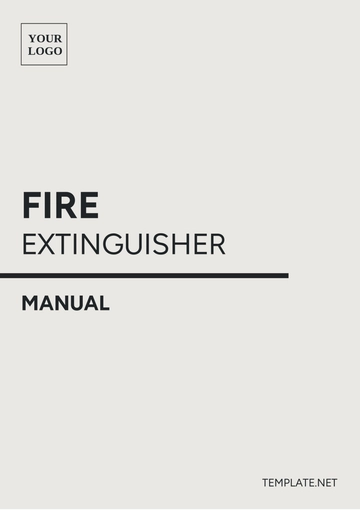Free Detailed Safety Inspection Manual

I. Introduction and Scope
Purpose of the Manual:
This manual serves as a guide for conducting safety inspections within [Your Company Name]. It aims to standardize safety practices, ensure compliance with legal requirements, and cultivate a culture of safety awareness and responsibility.
Scope of Application:
The guidelines outlined in this manual apply to all operational areas of [Your Company Name], including manufacturing floors, office spaces, and any off-site locations under company jurisdiction. All employees, contractors, and visitors must adhere to these guidelines.
We, at [Your Company Name], are deeply committed to the health and safety of our employees and stakeholders. This manual is a testament to our proactive approach to identifying, managing, and mitigating workplace hazards.
II. Safety Inspection Protocols
This section provides a structured approach to conducting regular safety audits. This ensures ongoing compliance and identifies potential risks before they escalate into incidents.
A. Inspection Schedules
Regular inspections are scheduled monthly, while ad-hoc inspections may occur in response to reported hazards or changes in workplace conditions. A calendar of inspections will be maintained and accessible on [Your Company Website].
Month | Area/ Department | Inspection Date | Inspector |
[Month] | Manufacturing Floor | [Month Day] | [Inspector Name] |
[Month] | Office Spaces | [Month Day] | [Inspector Name] |
[Month] | Warehouse & Storage | [Month Day] | [Inspector Name] |
[Month] | Electrical Systems | [Month Day] | [Inspector Name] |
[Month] | Outdoor Workspaces | [Month Day] | [Inspector Name] |
B. Inspection Checklists
Detailed checklists are provided for different areas, including machinery, fire safety equipment, and emergency exits. These checklists are designed to be comprehensive and easy to follow, ensuring nothing is overlooked during inspections.
Item | Check Criteria | Frequency | Remarks |
Conveyor Belts | Integrity, Alignment | Monthly | Check for wear and tear, alignment issues |
Hydraulic Presses | Pressure Gauges, Safety Guards | Quarterly | Verify pressure levels and guard functionality |
Welding Equipment | Condition, Safety Gear | Bi-monthly | Inspect for damage, ensure proper safety gear availability |
Forklifts | Operation, Maintenance Records | Monthly | Confirm operational efficiency, review maintenance logs |
Air Compressors | Hoses, Pressure Valves | Quarterly | Examine hoses for leaks, test valve operations |
C. Roles and Responsibilities
Clearly defined roles and responsibilities ensure a systematic approach to safety inspections. [Your Name], as the Safety Officer, will oversee the implementation of these protocols, with department heads responsible for their respective areas.
Role | Responsibilities | Department |
Safety Officer | Oversee inspections, update protocols | Safety |
Manufacturing Head | Facilitate inspections, report hazards | Manufacturing |
Office Manager | Ensure office space compliance, assist in audits | Administration |
Facility Manager | Monitor building safety, coordinate with inspectors | Facilities |
IT Department Head | Ensure tech equipment safety, cybersecurity measures | Information Technology |
III. Hazard Identification and Assessment
This section is dedicated to establishing a robust system for identifying, assessing, and addressing workplace hazards at [Your Company Name], ensuring a proactive approach to risk management.
A. Identifying Potential Hazards
Regular hazard identification is crucial in preempting risks. This table shows the process of recognizing various hazards and the importance of continuous employee training.
Types of Hazards and Examples
Hazard Category | Examples | Monitoring Method |
Physical | Frayed Wiring, Loose Railings | Routine Safety Checks |
Chemical | Spills, Leaks | Chemical Sensors |
Biological | Mold, Contaminated Surfaces | Air Quality Testing |
Ergonomic | Improper Workstation Setup | Employee Feedback Surveys |
Psychosocial | Excessive Workload, Harassment | HR Reports |
B. Risk Assessment Procedures
Assessing the risk level of identified hazards is a critical step in prioritizing safety measures. This table demonstrates the process of evaluating the severity and likelihood of hazards.
Risk Assessment Criteria
Hazard Type | Likelihood Rating | Impact Rating | Overall Risk Level |
Electrical Hazard | High | Severe | High Risk |
Chemical Spill | Medium | Moderate | Medium Risk |
Ergonomic Issue | Low | Mild | Low Risk |
Biological Hazard | Medium | Severe | High Risk |
Psychosocial Issue | High | Moderate | Medium Risk |
C. Reporting Protocols
Timely reporting of hazards is essential for rapid response and mitigation. This subsection details the mechanisms and procedures for reporting hazards within the organization.
Hazard Reporting and Response
Reported Hazard | Reporting Channel | Response Team | Response Timeframe |
Spill on Production Floor | Email/Call | Safety Committee | Within [2 hours] |
Faulty Equipment | Direct Call | Maintenance Team | Within [24 hours] |
Ergonomic Complaint | Email/Feedback Form | HR Department | Within [48 hours] |
Air Quality Concern | Email/Call | Facilities Team | Within [24 hours] |
Workplace Harassment | HR Hotline | HR Department | Immediate Response |
IV. Safety Compliance Standards
Adhering to safety compliance standards is not just a legal requirement but a moral obligation. This section outlines the legal, regulatory, and internal standards [Your Company Name] adheres to.
A. Legal Requirements
Compliance with legal requirements is fundamental for any safety program. This subsection details the legal frameworks and regulations that govern workplace safety.
Table: Summary of Key Health and Safety Laws
Law/Regulation | Description | Relevant Department |
OSHA Standards | Federal safety and health regulations | All Departments |
EPA Guidelines | Environmental protection standards | Manufacturing, Facilities |
State Safety Laws | Specific safety laws per state jurisdiction | HR, Legal |
Fire Safety Codes | Regulations on fire safety and prevention | Facilities, Safety |
Hazardous Materials Regulations | Handling and disposal of hazardous materials | Warehouse, R&D |
B. Company Safety Policies
[Your Company Name] has developed internal safety policies that supplement legal standards. This subsection outlines these policies, highlighting the company's commitment to safety.
Company Safety Policies
Policy Category | Description | Implementation Method |
Emergency Response | Procedures for handling workplace emergencies | Regular drills, training sessions |
Equipment Safety | Safe operation guidelines for machinery | Training manuals, safety briefings |
Employee Well-being | Programs to support physical and mental health | Health workshops, counseling services |
Environmental Safety | Policies on waste management and environmental protection | Eco-friendly practices, recycling programs |
Ergonomics | Guidelines for ergonomic workspaces | Regular assessments, ergonomic equipment |
C. Compliance Monitoring
Regular audits and inspections are conducted to ensure adherence to these standards. Non-compliance is addressed immediately, and corrective actions are taken to prevent recurrence.
Compliance Monitoring Schedule
Area/Aspect | Audit Frequency | Responsible Department |
Emergency Procedures | Bi-annually | Safety, HR |
Equipment Handling | Quarterly | Maintenance, Operations |
Employee Health and Safety | Annually | HR, Wellness Committee |
Environmental Compliance | Semi-annually | Facilities, Environmental Management |
Ergonomic Assessments | Annually | HR, Facilities |
V. Incident Reporting and Investigation
Effective incident reporting and investigation are crucial in understanding and preventing workplace accidents. This section lays down the procedure for transparent and efficient handling of safety incidents.
Incident Reporting Mechanisms: In the event of an accident or incident, employees are required to report it immediately using the standardized forms available on [Your Company Intranet] or by contacting the safety department directly.
Investigation Procedures: Each reported incident is thoroughly investigated to determine its cause. This investigation is led by a dedicated team, including [Your Name], to ensure objectivity and comprehensiveness.
Documentation Requirements: All incidents, investigations, and subsequent actions are documented meticulously. This documentation is reviewed regularly to identify patterns and areas for improvement in safety protocols.
- 100% Customizable, free editor
- Access 1 Million+ Templates, photo’s & graphics
- Download or share as a template
- Click and replace photos, graphics, text, backgrounds
- Resize, crop, AI write & more
- Access advanced editor
Revolutionize workplace safety with Template.net's Detailed Safety Inspection Manual Template. This editable and customizable resource, enhanced by our Ai Editor Tool, provides a comprehensive framework for conducting thorough safety inspections. Seamlessly tailor inspection protocols to your specific needs, ensuring a secure work environment with ease and precision.
